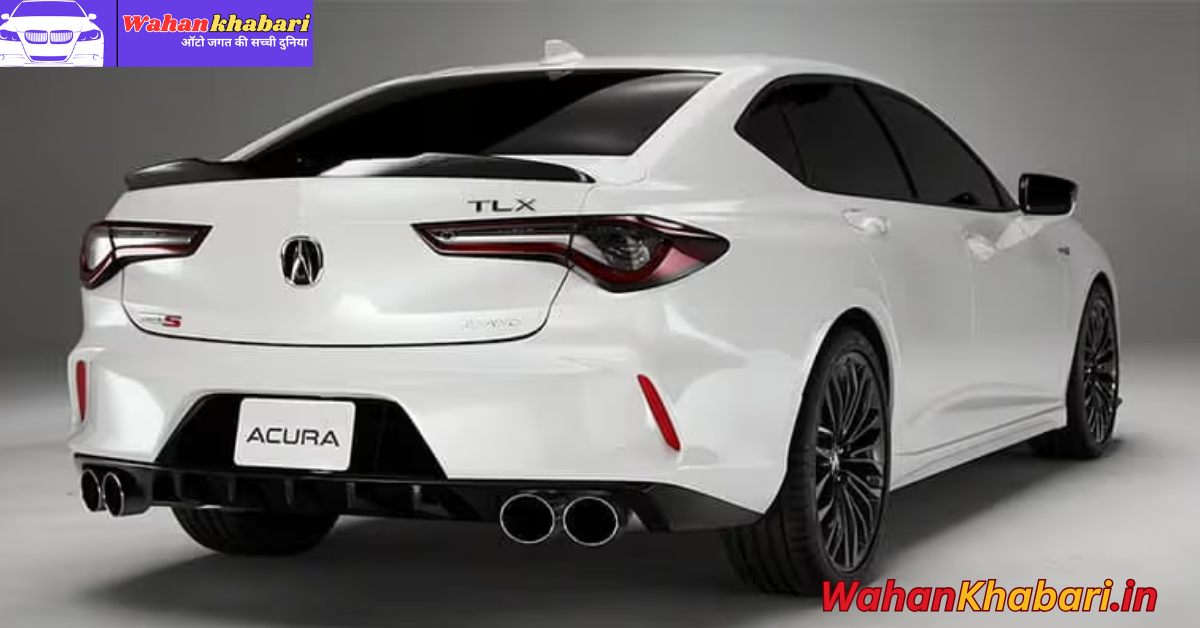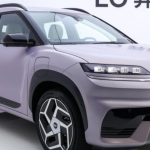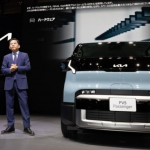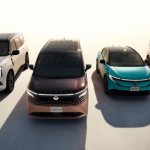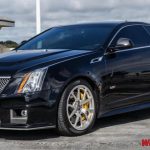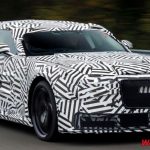The Acura TLX : When it comes to Japanese car brands, names like Toyota, Honda, Nissan, Mazda, and Subaru often take center stage. These brands are globally recognized for their reliability, efficiency, and innovation. But Japan’s automotive excellence is not limited to mainstream affordability. The country also has a strong presence in the luxury and performance market. One of the standout names in this space is Acura, Honda’s premium division, and its flagship sport sedan—the Acura TLX—is a compelling example of how Japan blends luxury, technology, and performance in a single package.
The Origins of Acura and the TLX
Launched in 1986, Acura was the first Japanese luxury brand to break into the American market, predating Toyota’s Lexus and Nissan’s Infiniti. Honda created Acura to compete with the established European luxury marques like BMW, Mercedes-Benz, and Audi, as well as with rising American models from Cadillac and Lincoln. The idea was simple: bring Honda’s precision engineering into a more refined and performance-oriented package.
The TLX, introduced in 2014, replaced both the Acura TL and TSX, aiming to simplify the lineup while offering a vehicle that could squarely compete with mid-size luxury sedans. Since its inception, the TLX has served as a bridge between high-end driving dynamics and everyday practicality.
Design Philosophy: Precision Crafted Performance
Acura’s brand philosophy is summed up in the phrase “Precision Crafted Performance”—a motto that the TLX embodies. From its sharp exterior lines to its sculpted interior, the TLX reflects a modern Japanese aesthetic with boldness and clarity. The Jewel Eye LED headlights, diamond pentagon grille, and aggressive stance give it a commanding presence on the road.
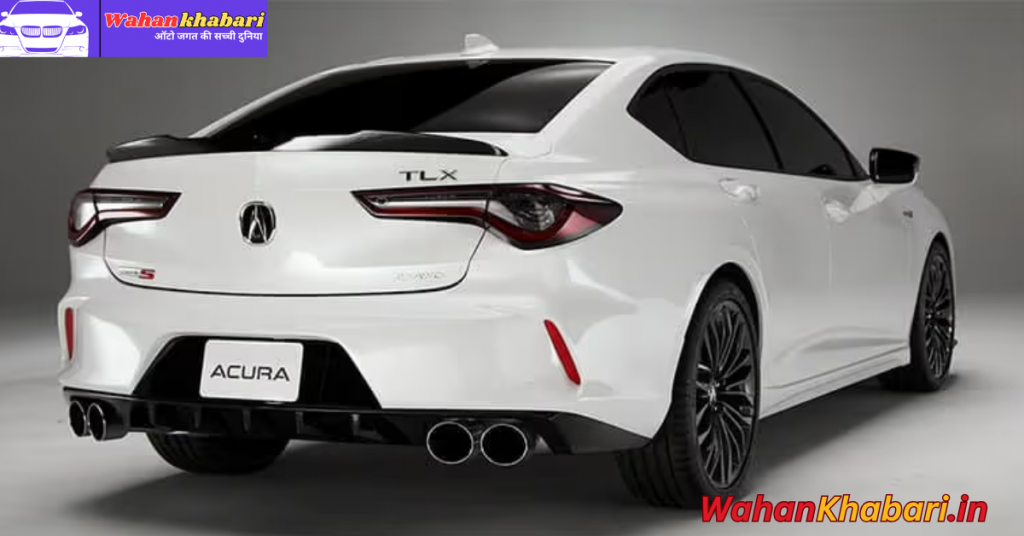
Inside, The TLX blends Japanese simplicity with cutting-edge technology. The cabin is driver-focused, with ergonomically arranged controls, high-quality materials, and Acura’s True Touchpad Interface that combines touchscreen functionality with the precision of a touchpad. It’s a layout that may take some getting used to, but it speaks to Acura’s unique approach to design—different, but thoughtful.
Performance and Engineering
The standard models come with a 2.0-liter turbocharged inline-4 engine that delivers 272 horsepower, paired with a 10-speed automatic transmission. But where the TLX really shines is in the Type S variant, which revives Acura’s performance badge with a 3.0-liter turbo V6 pushing out 355 horsepower. This model is equipped with Acura’s Super Handling All-Wheel Drive (SH-AWD) system, a technology that significantly improves cornering and stability by sending torque to the wheels that need it most.
This engineering focus is a hallmark of Japanese automaking. Where some brands may prioritize luxury over mechanics, Japanese automakers like Acura aim to provide a balanced, all-encompassing experience—power, control, and refinement, all under one roof.
Technology and Safety
Acura has long been known for integrating advanced technology into its vehicles, and the TLX is no exception. It comes with the AcuraWatch suite of driver-assistance features as standard, including adaptive cruise control, lane keeping assist, collision mitigation braking, and road departure mitigation.
Additional features like a surround-view camera, blind-spot monitoring, and a head-up display in higher trims reinforce the brand’s commitment to safety. These are not just add-ons, but integral parts of the TLX’s identity, aligning with Japanese values of responsibility, safety, and long-term durability.
How the TLX Stands Among Japanese Brands
The TLX sits in a unique space among Japanese cars. While Lexus might go further in terms of luxury and Nissan’s Infiniti may emphasize styling, Acura offers a middle path that blends Honda’s dependable engineering with enough luxury and performance to compete on the global stage.
It’s also worth noting that the TLX is largely developed with the North American market in mind. Built in Marysville, Ohio, the car is a product of Japanese-American collaboration—a testament to how Japanese car brands have not only adapted to global markets but have thrived by combining their core philosophies with local insights.
Conclusion: A Worthy Competitor in the Luxury Segment
The Acura TLX may not have the immediate cachet of a BMW 3 Series or a Mercedes-Benz C-Class, but it offers something arguably more valuable: consistent performance, innovative technology, and Japanese reliability—All at a more accessible price point. It’s a car that proves you do not have to sacrifice quality or character to own a luxury sport sedan.
